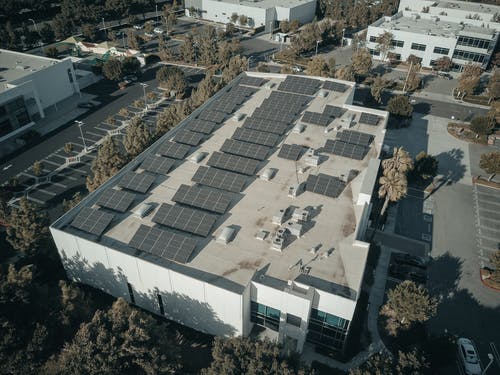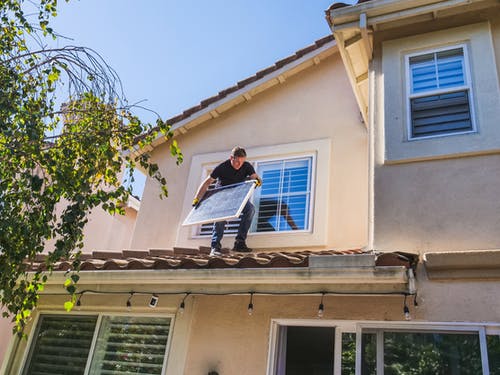In previous decades, solar panels have experienced a spectacular growth in popularity. This is due in part to a rise in ecologically conscious activity and a desire to save money on power bills by switching to cleaner, more organic sources of heat, ventilation, and power. You’re definitely thinking how many solar cells it takes to operate a house if you’re considering making the switch.
Whereas the answer is complex, if you hire an expert to consult with, they will almost certainly manage this aspect of the procedure as well. If you want to calculate how many photovoltaic solar cells, you’ll require yourself, you’ll need to have the following information: how much electricity your household consumes; how so much room you have on your ceiling that could be used for solar panel setup; how many hours of light your home receives; and the wattage and approximate efficiency of the photovoltaic (PV) solar panels you’ll be going to install.
How can I figure out how many rooftops solar cells I’ll need?
You’ll utilize a formula with 3 important parameters to figure out how many solar cells are required to power a house: annual power usage, screen wattage, and productivity ratios. But what precisely does that imply?

Annual Power Consumption
The very first step is to calculate your yearly electricity consumption, which is the total amount of power used by your complete home over the course of a year. This statistic, expressed in kilowatt-hours (kWh), includes all electrical sources in your home, such as large and small devices, air conditioning systems, lights, air filters, and heating systems. According to surveys, the typical home uses around 11,000 kWh of electricity each year.
Wattage of Solar Panels
Solar cells may appear to be similar, but they’re not all made equal, so you’ll need to know how many watts the panels you want to install have. The quantity of power emitted by the panel is measured in watts. Most photovoltaic systems have a power spectrum of 250 to 400 watts; therefore, you may safely estimate that 300 is the typical panel wattage.
Ratios of Production
The output ratio of a solar energy system is the percentage of the predicted electricity production throughout time (in kWh) to the true system size (in W). You might assume that this would be a 1:1 ratio – that you receive out exactly what you put in. However, this is not the case due to differences in the amount of sunlight that shines down on your residence.
The output ratio of a 10kW system that creates 16 kWh of electricity per year is 1.6 (16/10 = 1.6). So if you want to know for a 10kw solar system how many panels you need, it depends. It’s entirely feasible to have this kind of proportion in a country like Hawaii, where summer hours and steady sunshine are the norm, yet overcast, rainy New England would only experience an annual production ratio of 1.2.

Calculate How Many Rooftops Solar You Need Using a Numerical Formula
Here’s the calculation to apply if you’re trying to figure out how many photovoltaic power cells you’ll need:
- Quantity of panels = arrangement size / production proportion / panel wattage
- Using the numbers we’ve determined so far, we get:
- Amount of panels = 11,000 kW / 1.6 / 300 W
To finish the job, you’ll need roughly 20 to 25 solar panels. The same technique can be used to figure out how many solar cells you’ll require to run your home.
